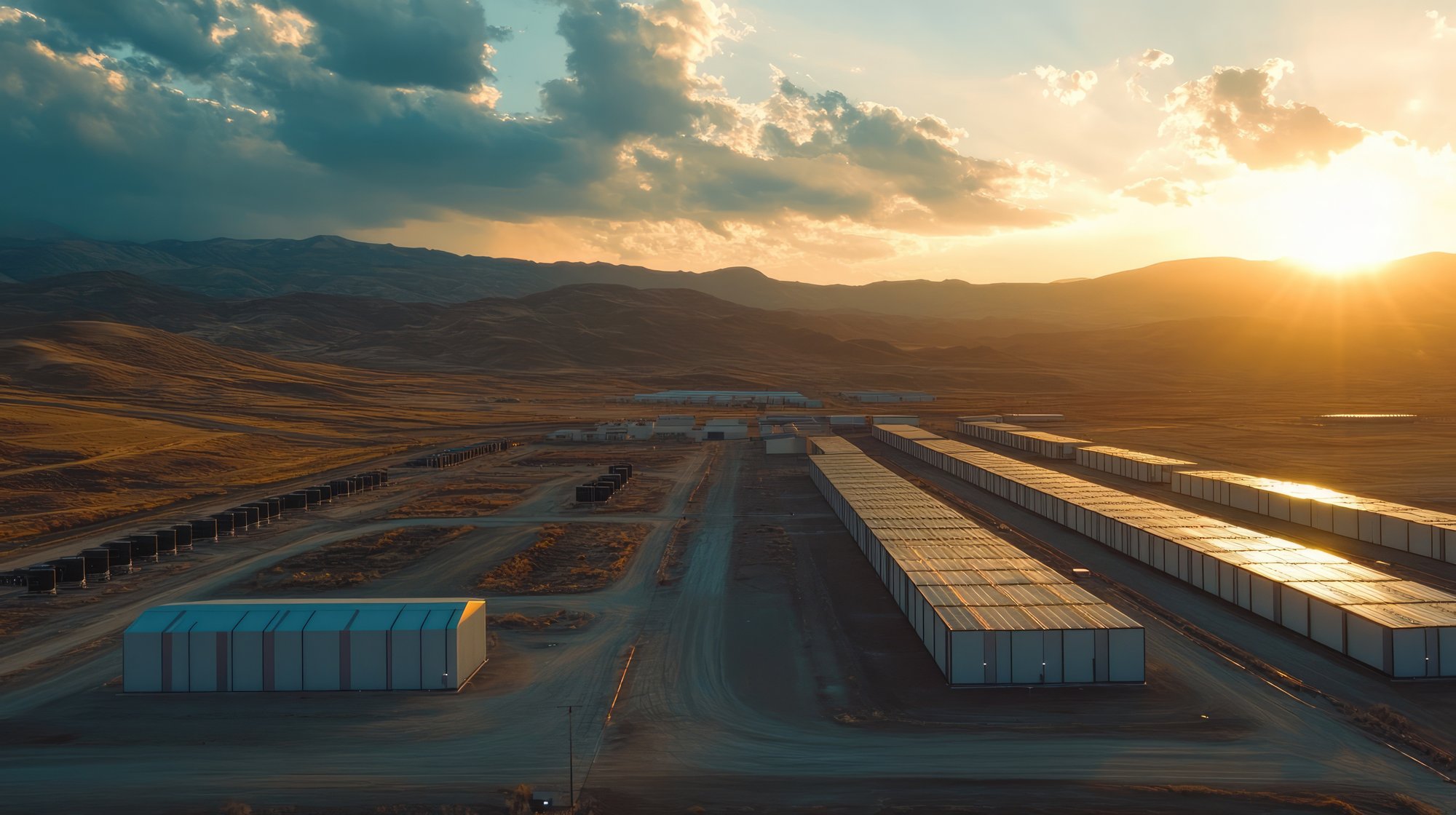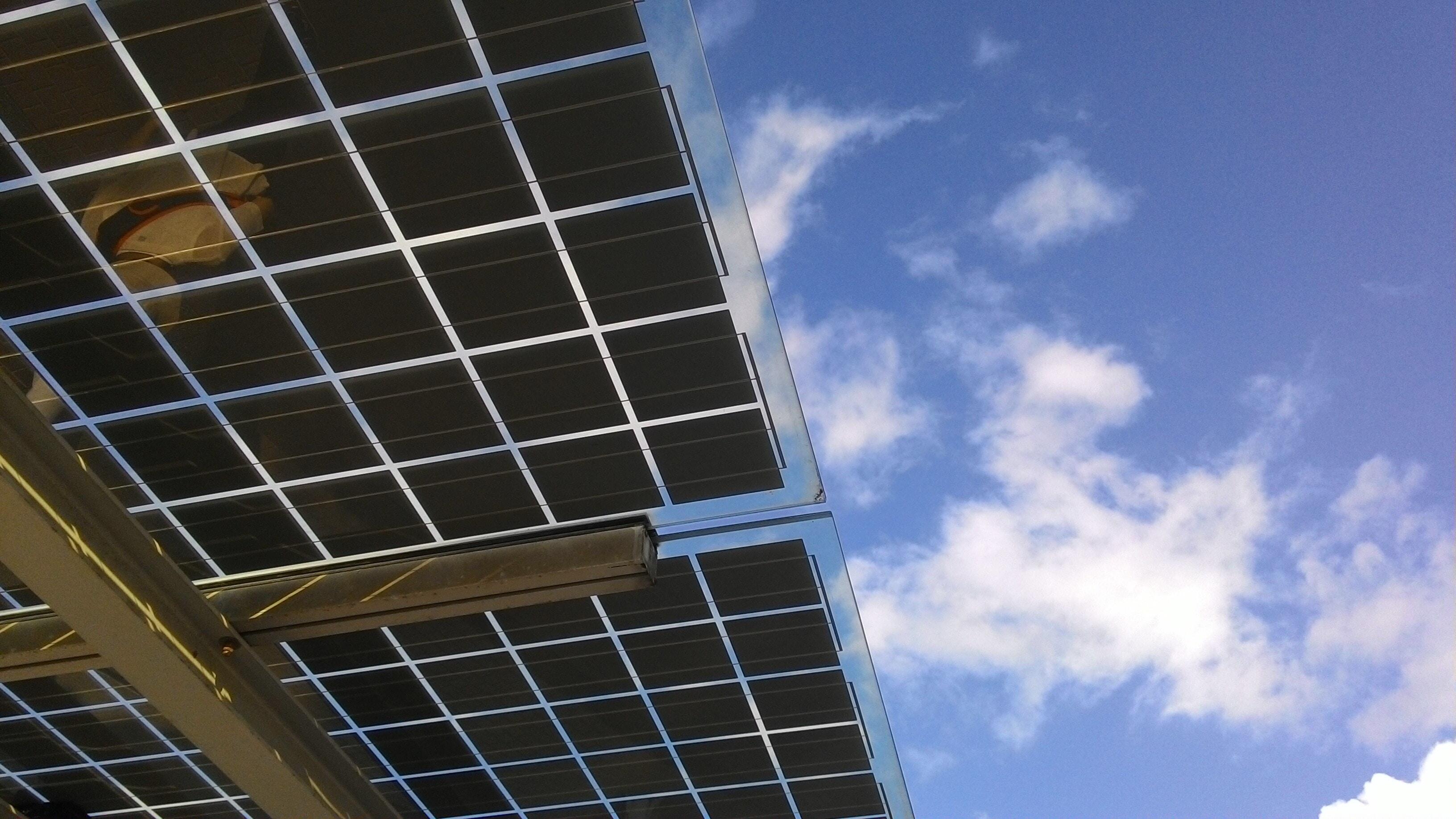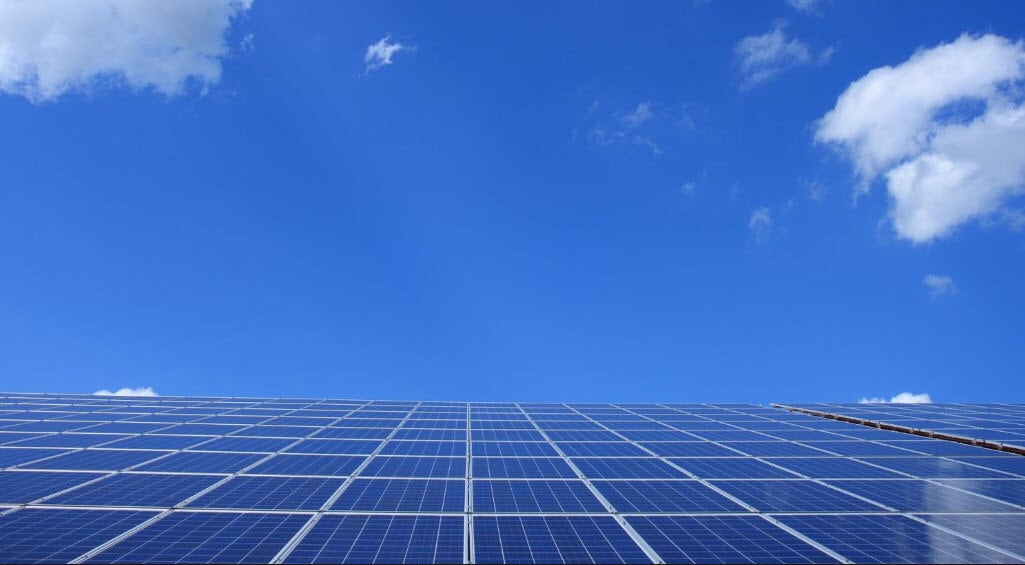Solar Industry Trends to Keep an Eye on in 2020

Stay in touch
Subscribe to our newsletter for expert insights, company updates, and the latest in renewable energy management solutions.
A few key trends in solar O&M and solar asset management stood out in 2019. Expect to see a lot more about these in the coming year. We’re heading in the right direction as an industry, but there’s still lots of room for improvement in this space in 2020.
O&M PRICES CONTINUE TO FALL
I talk with O&M providers weekly—mostly large national and regional players. Both groups are worried. O&M prices in the U.S. and around the world continue to fall. The concern is twofold:
- Current pricing to win bids is too low. There’s not enough margin left in the contract to build a sustainable business.
- What else can we cut from the O&M scope of work and still deliver value to the owners?
When will the race to the bottom end and sustainable O&M pricing return? I’m afraid history has shown that in free markets this usually doesn’t happen until enough bad things (safety incidents, poor economic performance, bankruptcies, etc.) force the issue.
How will owners’ interests truly be protected in this challenging environment?
It’s very difficult for regional and national players to compete on costs with the local electrical shops when it comes to the more basic DC array preventive maintenance scope. On the other hand, small local electrical shops can’t afford the cost of hiring a staff of engineers, planners, schedulers and monitoring technicians that make up a fully capable solar O&M organization. How will owners’ interests truly be protected in this challenging environment?
My advice to owners? Don’t forget the adage, “You get what you pay for.” Usually, lowest cost is actually lowest apparent cost, and best value is somewhere between the highest and lowest bid. If you’re planning on holding assets long-term, do yourself a favor and throw out the lowest bid when evaluating responses to your RFP.
BIFACIAL MODULES ARE HERE TO STAY
In 2007, my team was responsible for commissioning and operating a 14 MW facility in Nevada. At the time, it was the largest PV project in the world. Back then, module allocations were so tight that we had several different brands of modules installed at the site, including a megawatt of bifacial modules.
Bifacial modules really established themselves in 2019. Expect to see many more projects using this technology in 2020.
That 1 MW of bifacial modules exceeded our performance expectations, and the manufacture continues to do well thirteen years later. Since then, I’ve often wondered at the relative lack of bifacial module manufacturers and projects with bifacials. Well, I’m wondering no more: Bifacial modules really established themselves in 2019. Expect to see many more projects using this technology in 2020 and beyond.
As discussed in a last year’s article about bifacials, there are special O&M considerations that need to be taken into account when operating with bifacials. However, with good planning, these all can be addressed relatively easily.
Claims about the incremental performance capability from the panel and tracker manufacturers varies widely, so do your homework when evaluating vendors. It’s going to take a few years of real-world operating data and refinement of performance models to feel confident talking about the expected performance of bifacial modules, but it looks like bifacials are here to stay.
DIGITAL TRANSFORMATION
If you attended a PV asset management or O&M conference in 2019, you know that digitalization of the asset management and O&M business processes and workflows was a hot topic of conversation in 2019.
Other industries already have benefited from the digital transformation of their work processes. Now the solar industry is following suit.
Why? It’s partly a result of falling O&M prices (labor is more than 80% of solar O&M costs), partly due to digital technologies starting to deliver real value and partly a function of the maturity of the solar power market. Other industries already have benefited from the digital transformation of their work processes. Now the solar industry is following suit—recognizing that digitalization can dramatically reduce the cost of solar O&M and starting to take advantage of digital technologies to help make this happen.
Of course, there’s still a lot of hype in the marketplace, so I encourage you to read a previous LinkedIn article, Myth #6 of Solar O&M: AI Will Transform My Fleet Performance, before you invest in a new platform.
THE ROBOTS ARE COMING
As you may already know, I’m a big proponent of leveraging automation to reduce the labor cost of production in running a solar power plant. Large and material reductions in solar O&M costs are needed to achieve our goal of an electric grid fully powered by renewable energy.
I believe that the use of robots will be transformative in achieving an electric grid fully powered by renewable energy. We have a ways to go in terms of field testing and making the tweaks necessary to ensure robots are useful in the solar plant environment, but the future looks promising.
I believe that innovative tools like robots will help us achieve our goal of an electric grid 100% powered by renewable energy.
Instead of considering the use of robots as a threat to business, I encourage third party O&M service providers to take the lead in using robots to perform basic solar maintenance tasks. By embracing innovative tools to transform the way we do O&M, we’ll be able to reduce operating costs and increase the value third party operators deliver to solar asset owners.
PERFORMANCE GUARANTEES
Well-crafted performance guarantees benefit the industry and are a sign market maturity. For win/win outcomes, focus on things that operators can control in O&M contracts—things like response times, equipment uptime and cost management.
Sophisticated owners will continue to look for ways to transfer operational risk to third party operators as the solar power market matures. But some things owners are demanding of service providers these days are downright silly. I’ve seen contract terms that ask operators to take sunlight (insolation) risk. Last I checked, O&M operators don’t control the sun.
Owners should focus on developing win/win terms in their contracts—win/lose terms result in lose/lose outcomes.
Remember that any performance guarantee that asks an operator to manage things outside of their control ultimately will fail. Owners should focus on developing win/win terms in their contracts—win/lose terms result in lose/lose outcomes.
REAL VS. APPARENT PERFORMANCE
The solar O&M market predicts project operational performance using just a few commercially available software packages. The ability of these performance modeling programs to accurately predict lifecycle production of the facility is extremely important to investors and the industry as a whole.
What if module degradation rates are not linear and drop off precipitously in the latter years of the project? What if loss assumptions don’t really reflect what operators are seeing in the field? A percentage point here or there can be the difference between a project being in the money or not.
I’ve seen very few owners and operators who really know if the plant is performing well and how much additional margin is available in the plant for more production.
Suffice it to say, knowing actual plant performance relative to predicted is very important. And yet, I’ve seen very few owners and operators who really know if the plant is performing well and how much additional margin is available in the plant for more production. When I ask them how their plants perform, they say, “We’re beating our performance model expectations.” I always want to say, “Great! But how well does your model reflect what the plant can actually do?”
I estimate that the typical solar power owner has no better than a 2-4% estimate around real plant performance.
We need to learn from the traditional fossil power industry in this regard. Fossil power owners—and especially gas-fired IPPs—monitor their plant’s operational efficiency (heat rate) down to a fraction of a percentage point. The gain of a tenth of a percentage point in performance is a big deal for operators of traditional power generation assets. And yet, I estimate that the typical solar power owner has no better than a 2-4% estimate around real plant performance.
Data is beginning to emerge that indicates that the U.S. solar fleet may not be meeting performance model results, after all. Are the models bad? Have vendors shaved margins or exaggerated equipment efficiencies as fierce competition continues to erode margins? We don’t really know…yet.
2019 has made clear that the solar power industry needs to invest more in performance modeling and performance monitoring in the future. The stakes are too high not to.
CONCLUSION
From robots and bifacial modules to increased awareness of the importance of digital transformation and performance modeling, 2019 was a big year for the solar industry. As the solar industry continues to mature and grow, expect to see a lot more about these big trends in 2020. Check out our blog for more industry news and insights.
Steve Hanawalt is executive vice president and co-founder of Power Factors. Follow him on LinkedIn and Twitter.


-2.jpeg?width=2000&name=AdobeStock_785443953%20(1)-2.jpeg)


